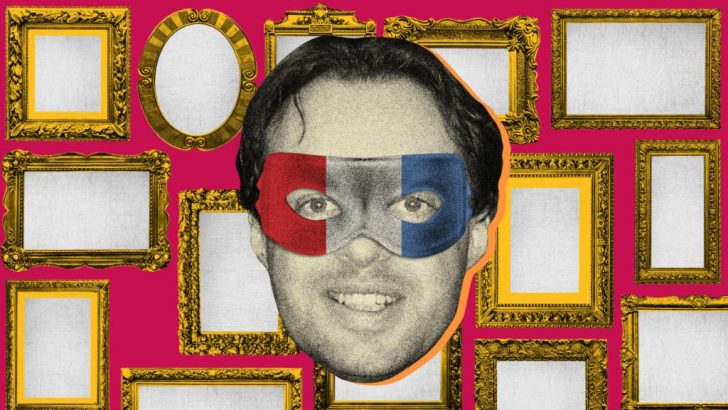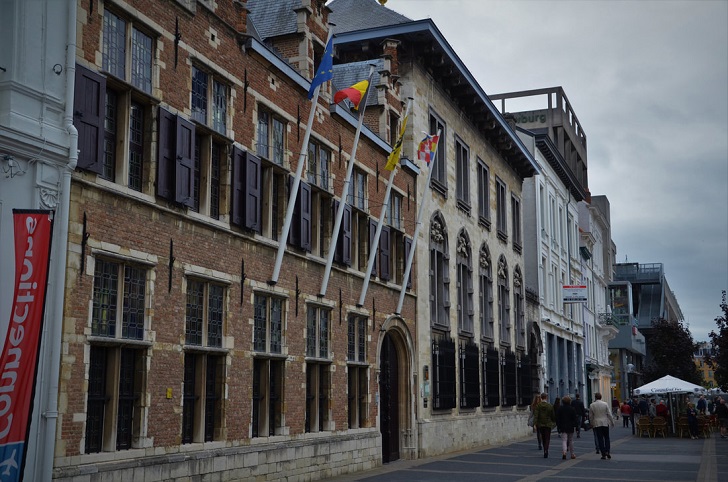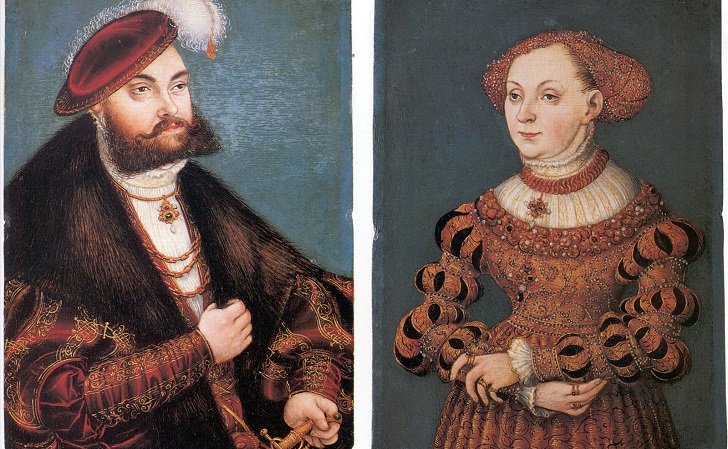
The Fascinating Story of Stéphane Breitwieser

Art theft is one of the most fascinating and daring crimes. While most people steal to make money, some steal for love. Meet Stéphane Breitwieser, one of the most famous art thieves ever.
Breitwieser stole the love of art, and his impressive collection included paintings, sculptures, and historical artifacts from Europe’s most famous museums and churches. Below, we will explore Stéphane Breitwieser’s criminal record, his love of art, and one of his most daring heists.

Elizabeth Brockway/ The Daily Beast/ Jef-Infojef/ Wiki Commons | Stéphane Breitweiser is a French art thief and author notorious for his art thefts between 1995 and 2001
Background Information
Breitwieser’s criminal record is impressive, and not in a good way. He stole over 200 works of art from museums and churches across Europe, including France, Switzerland, Germany, and Belgium. Breitwieser often acted alone, but sometimes his girlfriend Anne-Catherine Kleinklaus helped him.
He would enter museums and churches during opening hours and remove artworks in broad daylight, often using a razor blade to remove the paintings’ canvases. His stealing spree lasted from the mid-’90s to 2001 when he was finally caught.
Born in 1971 in Mulhouse, France, Breitwieser’s criminal journey began innocently enough when he stole a Bugatti radiator cap from a Swiss museum in 1995. But this seemingly minor theft ignited an obsession that led him to target some of the most prestigious cultural institutions in Europe.

Rubens/ AP | Stéphane Breitwieser’s story is fascinating, highlighting the irony of stealing for love rather than profit
Rubens House Heist
One of Breitwieser’s most daring heists was at the Rubens House in Antwerp, Belgium, in February 1997. The Rubens House is the former residence and studio of the renowned artist Peter Paul Rubens, and it now houses an impressive collection of his works.
During the heist, Breitwieser attempted to steal an ivory sculpture of Adam and Eve, a masterpiece worth $2.3 million. With a combination of audacity and skill, he unscrewed two screws from the plexiglass display box, took the sculpture, and fled the scene with Kleinklaus in their car. The daring theft set off a frantic police chase, but the art thieves managed to escape capture.
Later, they sold the sculpture to a Swiss collector, and it was only returned to the Rubens House in 2011, after Kleinklaus tipped off the authorities about the location of the stolen artwork. This brazen heist was just one of many in Breitwieser’s remarkable criminal career.

Sarah Rose Sharp/ Wikimedia Common | The 16th-century painting by Lucas Cranach the Elder titled Sybille of Cleves was stolen by Stéphane Breitwieser in March 1995.
Breitwieser’s Love of Art
Despite his criminal record, Breitwieser deeply loved and appreciated art, even though he was not formally trained or educated in the field. He often kept the stolen artworks in his bedroom and admired them for their beauty and historical significance.
Some of the most notable pieces he stole include a book of sketches by Albrecht Dürer, a Rembrandt drawing, and many other valuable works of art that are still missing to this day. This paradoxical love for art makes Breitwieser a unique figure among art thieves.
While most criminals in this field are driven by monetary gain, his motives seem to be rooted in an intense passion for the masterpieces he stole. However, his actions caused significant damage to the art world, and many precious works of art are still missing, leaving a void in cultural heritage and history.
More in Luxury & Life Style
-
`
The $2.3 Billion Food Waste Challenge in Short-Term Vacation Rentals
Short-term vacation rentals may offer comfort, but they also come with a hidden cost—food waste. A recent study from Ohio State...
August 5, 2025 -
`
As Markets Decline, Climate Tech Advocates Push for Alternative Funding
Funding in climate technology didn’t vanish—it simply stopped pretending to be easy. After years of aggressive capital inflows, the sector is...
July 29, 2025 -
`
Cowboy Superstitions and Traditions That Might Surprise You
Picture this: the chute clangs open, dust plumes, and all eyes track a cowboy mid-stride. But what the crowd doesn’t see...
July 22, 2025 -
`
What’s Changing for Student Loans After Trump’s New Spending Bill?
The passing of President Donald Trump’s latest spending bill is shaking up more than just tax brackets and business deductions—it’s poised...
July 16, 2025 -
`
Why Big Tech Is Divided on the Future of Artificial General Intelligence
Fifteen years ago, the founders of DeepMind—Sir Demis Hassabis, Mustafa Suleyman, and Shane Legg—set a bold goal: “Build the world’s first...
July 1, 2025 -
`
Planning a Wedding? These Money-Saving Tips Actually Work
Weddings are meant to be memorable, not financially draining. But for many couples, the cost of tying the knot often brings...
June 24, 2025 -
`
Did MrBeast Really Borrow Money From His Mother for His Wedding?
YouTube star Jimmy Donaldson, widely known as MrBeast, sparked surprise when he shared a personal update on X. Despite leading the...
June 17, 2025 -
`
How Smart Technology Is Changing the Way We Travel
Technology has reshaped nearly every part of modern life, and travel is no exception. From how we plan trips to how...
June 12, 2025 -
`
Why Some Tech CEOs Are Replacing Themselves With AI Avatars
In a move that signals a shift in how corporate communication is handled, major tech CEOs are beginning to hand the...
June 3, 2025














You must be logged in to post a comment Login